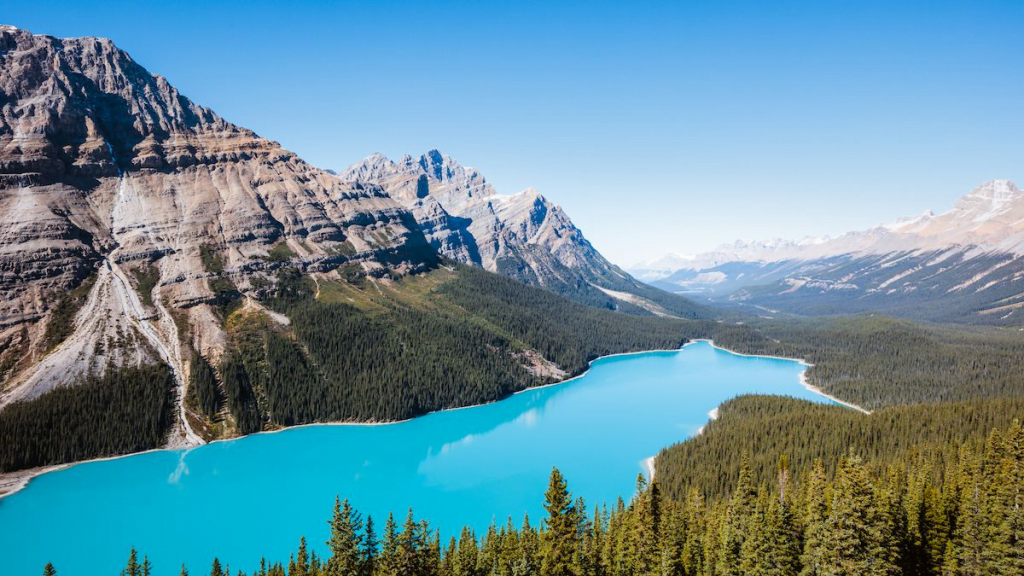General knowledge of Europe can be helpful when planning a trip to this northern continent. This continent is home to a densely populated population, a temperate climate, and a variety of wildlife. To learn more about Europe on a map, read about its geography.
A Continent in the Northern Hemisphere is Called Europe:
In the northern hemisphere, Europe comprises several climates and topographies. The Weather in Europe is generally milder than in areas of similar latitude due to the Gulf Stream, which carries warm waters to the continent’s coasts. This warm water warms the prevailing westerly winds and makes Europe’s climate more comfortable.

The geology of Europe has contributed to its diverse landscapes. The continent has a high proportion of coastal areas and mountain ranges, and the extreme dichotomy distinguishes it between its mountainous southern regions and vast northern plains. The high Alps and mountains of the south part of Europe separate the content from the vast northern plains of the west and east. The Great European Plain runs through the heart of Europe.
The Northern Hemisphere contains most of North America and most of Europe. The vernal equinox occurs earlier, and sunset is later in the northern hemisphere.
It has a Densely Populated Population:
One of the biggest questions of our time is, “which nation in Europe has the densest population?” Conventional wisdom suggests England or the Netherlands. But the truth is that Spain is the most densely populated nation on the continent. The abundance of cities is one of the causes.
Spain’s land area is four times more than England’s, and this is the cause. For example, Istanbul is the largest city in Europe, with approximately 9.75 million people. By contrast, Moscow, the capital of Russia, has over 12 million people. But this isn’t to say that Europe is not densely populated!

Despite its modest size, Europe is one of the continents with the highest densities of people. In 2016, its population reached 738 million people, accounting for 11% of the total world population. In terms of thickness, Europe is also the most urbanized continent. The European Union, which has 27 member states, is Europe’s most powerful political entity.
While Europe is densely populated, its geographical structure allows for different habitat types. It has a highly fragmented landscape and is home to various seasonal crops. Unfortunately, this means that many European species depend on habitats created by humans. These habitats are under increasing pressure from development and agricultural intensification. Regional differences in these hazards’ relative weight are significant.
Because of the Gulf Stream, the Weather there is Mild:
The Gulf Stream, a global warm water current, is a factor in Europe’s temperate climate. But the wind does not bring much additional heat to the continent. Ocean temperatures are rising in the Arctic and have affected the Gulf Stream. The rising temperature has weakened the jet stream, allowing cold weather to move north while warmer weather spreads south.
The North Atlantic Drift, often known as the Gulf Stream, significantly influences Europe’s climate. Without it, Europe’s climate zones would have been much colder because the current moves from the arctic, cold water flow down from Greenland and Atlantic Canada.

The Gulf Stream helps keep the continent’s climate mild because it carries warm water northward. The air above this warm water also warms up. This warming effect makes winters in Europe more favorable than those in the northeastern U.S.
Recent climate research has raised the question of whether the Gulf Stream is the leading cause of Europe’s mild climate. While other factors may be responsible for the mild weather in Europe, no solid scientific evidence supports this claim.
It has a Diverse Wildlife:
Europe’s natural and semi-natural habitats support a wide range of wildlife, including many endangered species, to specific regions. Almost one-quarter of the continent is covered by forests, which include boreal forests in Scandinavia and mixed rainforests in the Caucasus. In temperate areas, trees are composed of conifers and broadleaf species. Human activity has changed many species’ habitats and significantly decreased their numbers, so preserving these environments is critical in maintaining biodiversity.

The fauna of Europe is comprised of animals found within the continent and surrounding seas and islands. While there is no natural boundary between Europe and other continents, it is considered part of the Palearctic and Holarctic realms. This area has diverse animal life, with many species thriving in small numbers.
Europe has several national parks that offer opportunities for wildlife viewing. Coto Donana National Park in Spain is home to nearly half of Europe’s bird species. This park is also home to Iberian lynx and the rare European bison.
It has a Rich Geologic Record:
Europe’s geologic history spans nearly five billion years. The continent was dominated by the Caledonian, Mesozoic, and Cenozoic epochs. Europe’s earliest rocks date back to the Precambrian era, 3.8 billion to 541 million years ago. The Paleozoic age, which lasted from 252 million years ago to roughly 66 million years ago, was the next stage. During the Cenozoic era, the continent of Europe formed, with the last ice age causing the North Sea to be flooded. This geologic record continues to influence the continent’s geography and human activity today.

Europe’s geologic record includes a wealth of formations. Many of these rocks were reworked by the tectonic processes of the Archean and Proterozoic eras. In northern Europe, some of the oldest rocks are the Baltic Shield, which is more than three billion years old. Then there are the granitic gneisses found in Scotland’s northwest, the Ukrainian Massif, and the northern Baltic Shield. These rocks were recrystallized at depths of up to twelve miles (20 km). The Baltic Shield has newer orogenic belts in ascending order toward the south.
Precambrian rocks in Europe are a rich source of valuable minerals. Significant deposits of iron ore are found in Finland and Ukraine. Finland also has large deposits of tin associated with granites. Both Sweden and Finland also have extensive copper-nickel sulfide ores. Furthermore, Sweden and Finland contain magnetite deposits, including titanium and vanadium.
Numerous Dependencies Exist:
The United States has come to rely on Europe as its defense capabilities have decreased for essential services like air-to-air refueling, long-distance lift, the suppression of adversary air defenses, and C4ISR. In addition, European countries cannot evacuate personnel in case of emergency without U.S. support.
Click Here : 7 Best Places to Travel in USA
Today, 50 sovereign states have European territory and belong to European international organizations. Of these, 44 have capital cities, and 27 are members of the European Union. These countries share their sovereignty through EU institutions. In addition to the countries listed above, several other countries depend on Europe for many purposes.
It is a Major Economic and Political Center in the World:
The European Union has benefited Eastern European countries by helping them to reform their economies and move toward market-based economies. This has led to a convergence of income levels in the region. As a result, these emerging nations’ average GDP per capita was 50 percent higher than their advanced-economy neighbors by 2013. These advances are primarily the result of increased trade and investment between these emerging economies and their western counterparts. However, their income levels remain less than half those of their advanced-economy neighbors.

Europe is regarded as the birthplace of Western civilization and has a lengthy history of human evolution. Today, its cultural wealth is exported to other parts of the world. Geographically, the continent is composed of various peninsulas. The Atlantic Ocean and the Arctic Ocean both encircle it on both sides. It shares a border with the Mediterranean Sea and the Black Sea to the south. It is a vast continent with diverse cultures and landscapes.
In the past 25 years, Europe has experienced several significant pushes towards closer integration. The fall of the Berlin Wall in 1989 and the wave of central European countries’ entry into the European Union in 2004 were crucial turning points. These events made the integration process more challenging and brought significant benefits to Europe. And although the current crisis is challenging, the European Union continues to point the way forward.






